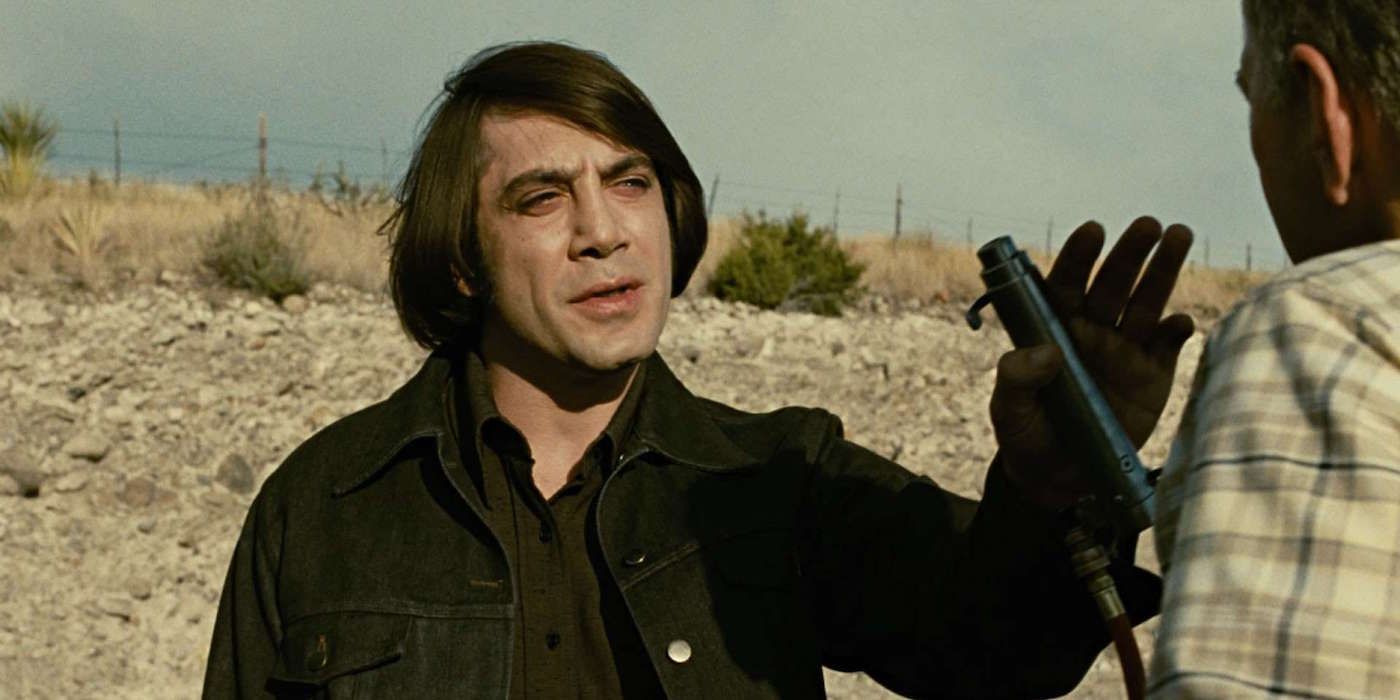In 2007, Joel and Ethan Coen delivered what is widely regarded as one of the finest cinematic achievements of the 21st century with No Country for Old Men. Adapted from Cormac McCarthy’s 2005 novel of the same name, the film is a haunting exploration of fate, morality, and the shifting nature of justice in a brutal and indifferent world.
Set against the desolate backdrop of 1980s West Texas, the story begins with Llewelyn Moss (Josh Brolin), a welder and Vietnam War veteran, who stumbles upon the aftermath of a drug deal gone wrong and discovers a suitcase containing two million dollars. His decision to take the money sets off a relentless chain of events, pursued by Anton Chigurh (Javier Bardem), a mysterious and remorseless hitman whose weapon of choice—a captive bolt pistol—becomes a chilling symbol of his eerie detachment from humanity.

At the heart of the narrative is Sheriff Ed Tom Bell (Tommy Lee Jones), an aging lawman grappling with the violence that increasingly eludes his understanding. Through Bell’s weary introspection, the film poses existential questions about justice, legacy, and the erosion of traditional values in a modern world steeped in chaos.

No Country for Old Men earned critical acclaim for its taut storytelling, minimalist direction, and philosophical depth. Javier Bardem’s portrayal of Chigurh won him the Academy Award for Best Supporting Actor, while the film itself took home four Oscars, including Best Picture, Best Director, and Best Adapted Screenplay.

With its bleak tone, sparse dialogue, and morally ambiguous characters, the film has often been praised as a masterpiece of modern American cinema. It resists conventional Hollywood tropes, offering instead a contemplative and unsettling meditation on the nature of violence and the randomness of fate.